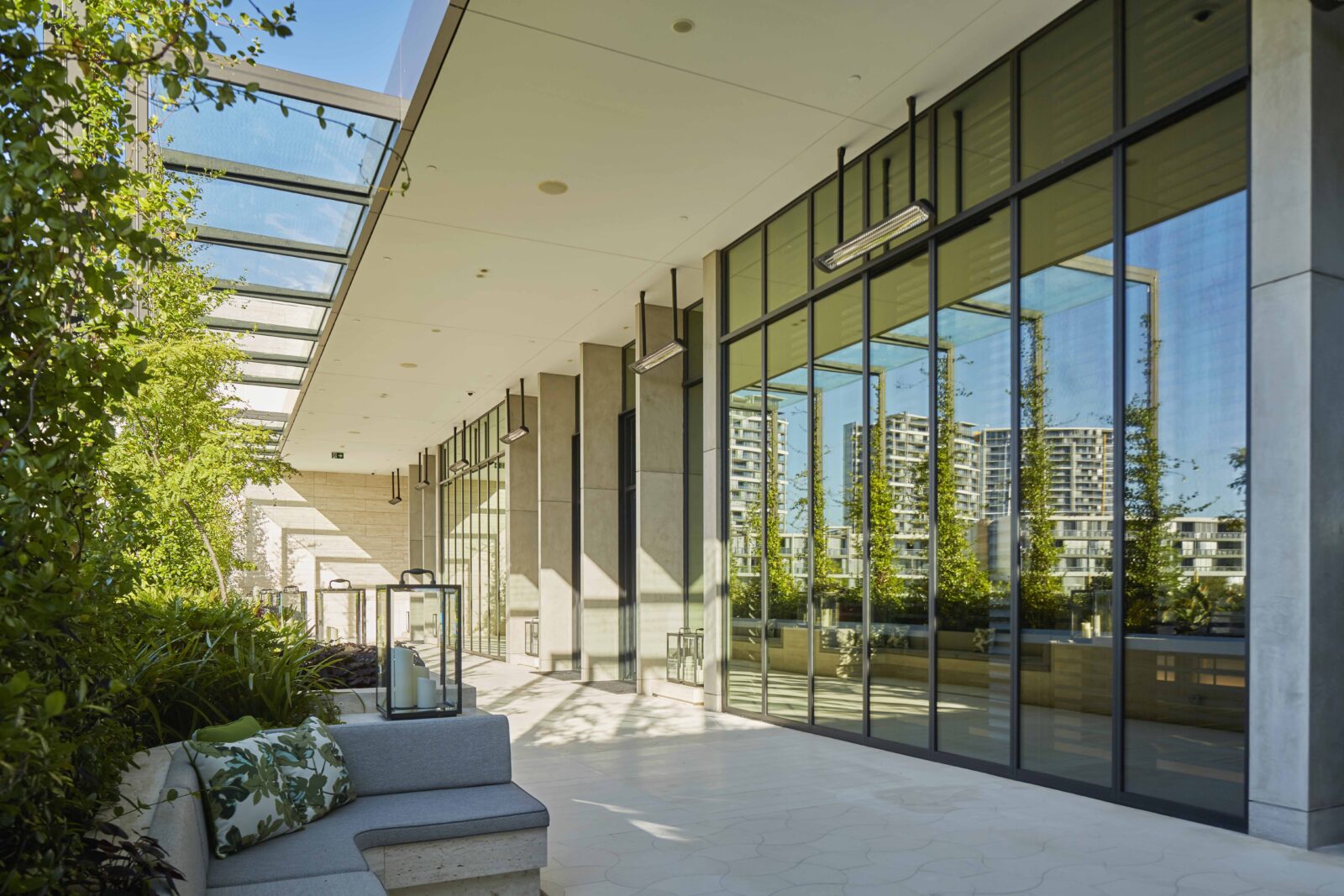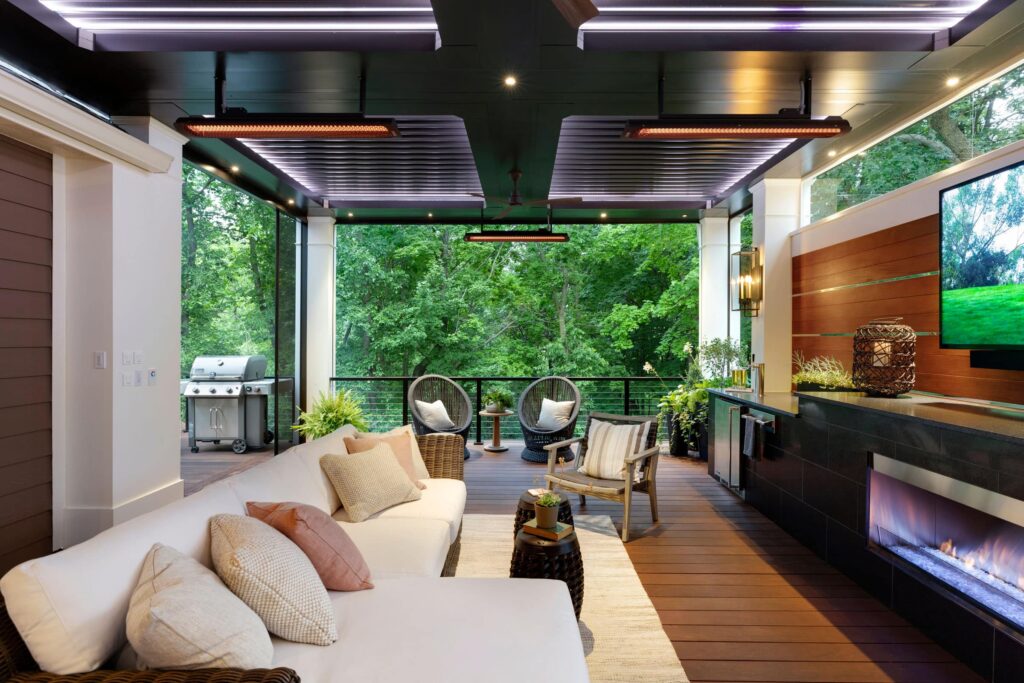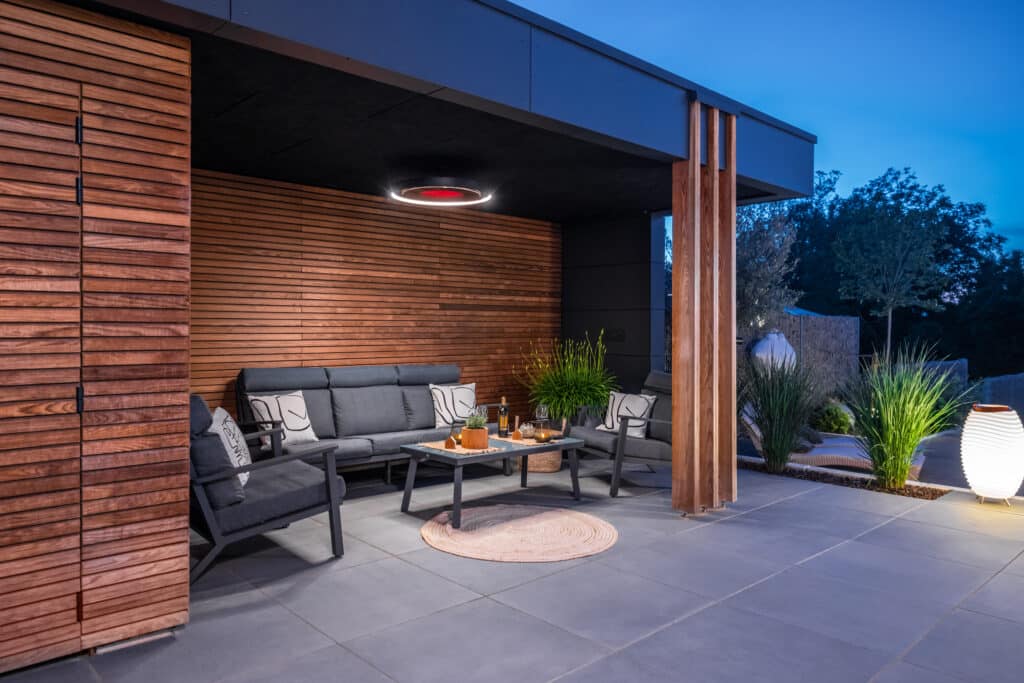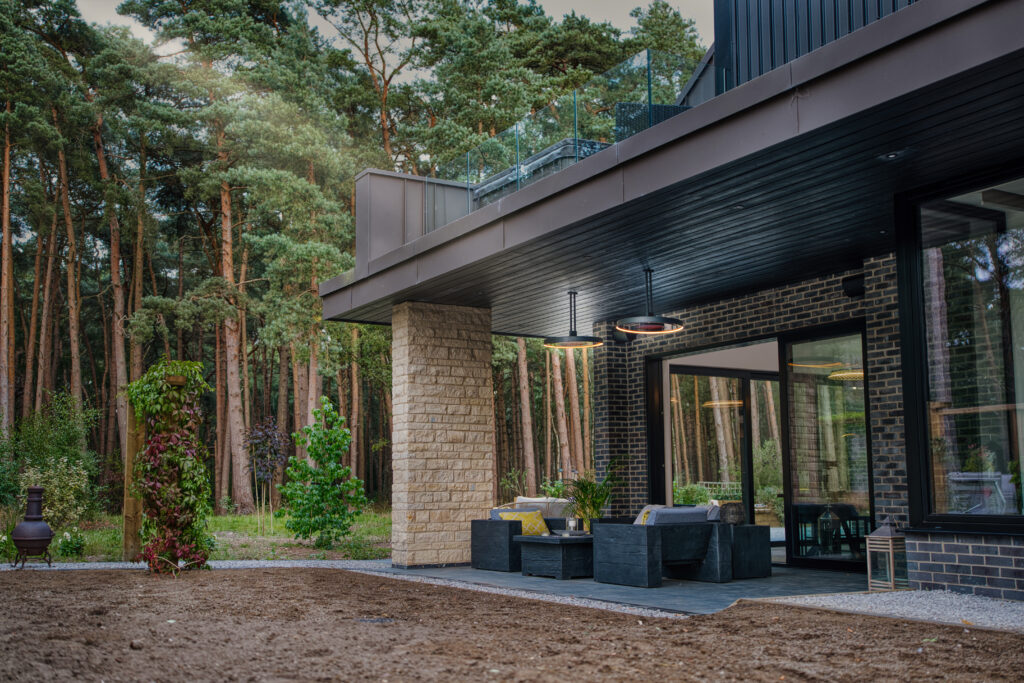Electric outdoor heaters in all weather conditions provide comfort and warmth, but those weather conditions can significantly impact their performance. Bromic’s heaters are designed to operate effectively in varying outdoor environments, but it’s essential to understand how wind, rain, and temperature fluctuations can influence heat distribution and efficiency.
Wind and Its Effect on Heat Distribution
Wind is one of the primary factors that can affect the performance of electric outdoor heaters, especially radiant heaters. Strong winds can disperse the heat generated by the heater, reducing the warmth felt in seating areas. This leads to uneven heating or less comfort in exposed areas.
Positioning heaters in sheltered spots, or using windbreaks such as walls or partitions, can help mitigate this issue. Bromic’s Platinum Smart-Heat series, with its directional radiant heating, is designed to combat wind effects, providing more consistent heat even in breezy conditions.
Choosing the Right Heater for Windy Conditions
When selecting an electric heater for windy environments, it’s crucial to choose models that perform well despite the wind. Infrared heaters, like those in Bromic’s Eclipse range, are less affected by wind compared to traditional heaters. Wall-mounted or ceiling-mounted heaters can also provide more stable and focused heat distribution in windy conditions. These heaters are better equipped to maintain warmth in open-air or partially sheltered areas, ensuring that your outdoor space remains comfortable.
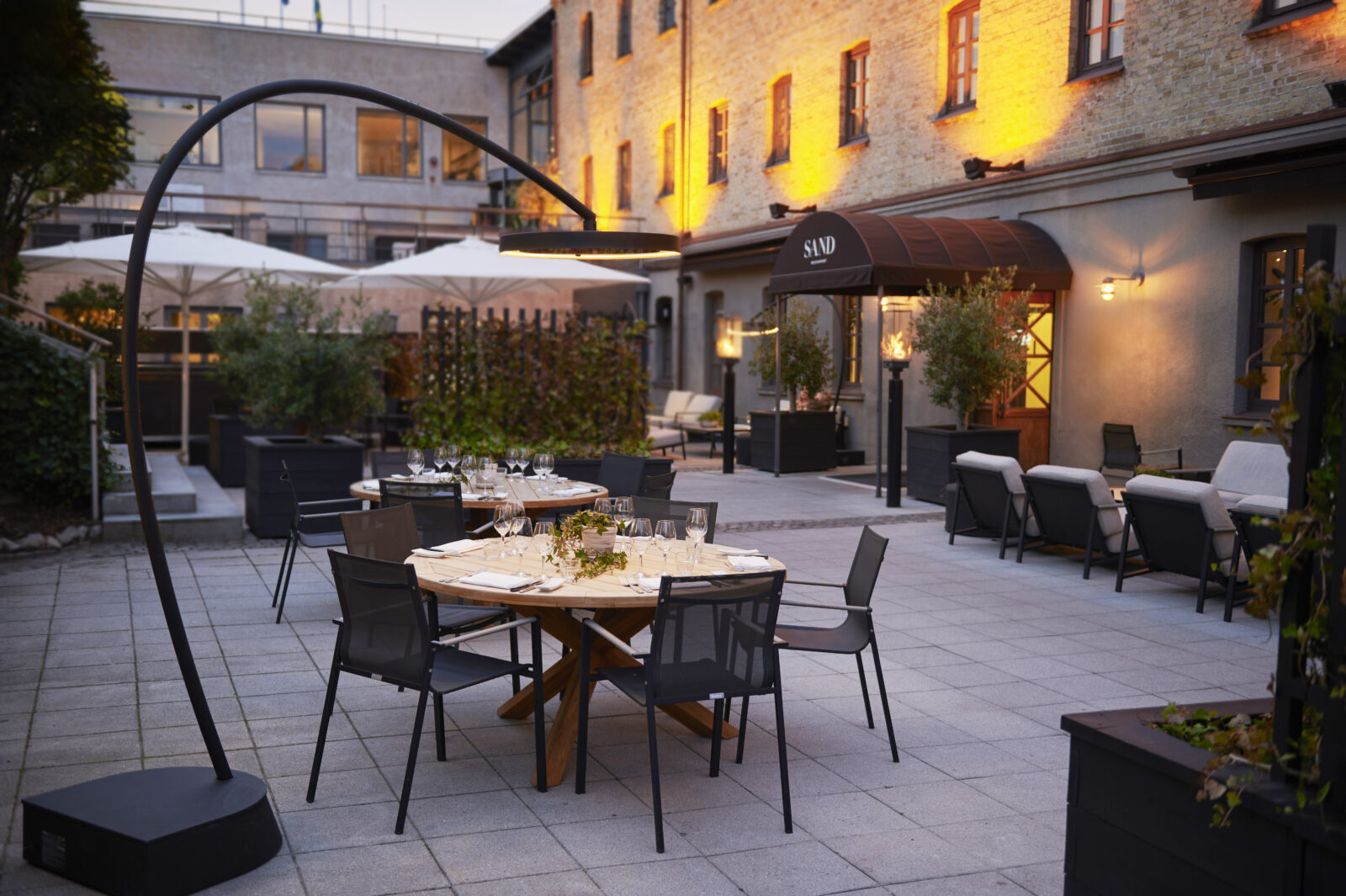
Rain and Moisture Exposure
Rain and moisture exposure can also affect the performance and longevity of electric outdoor heaters. It’s important to check the IPX rating of a heater to ensure it’s suitable for outdoor use in wet conditions. Heaters with a higher IPX rating, such as IP65, are more resistant to water and dust. Bromic’s Platinum Electric heaters are designed with high weather resistance, ensuring reliable performance even in rainy or moist environments.
Always ensure your heater is installed in a location where it is protected from direct rain exposure, or consider adding rain shields for extra protection.
Temperature Extremes and Heater Performance
Extremely cold or hot temperatures can impact the efficiency of electric outdoor heaters. In coder climates, heaters may need to work harder to maintain a comfortable environment, particularly in wide-open spaces. Using heaters with higher wattage, or installing multiple units, may be necessary to compensate for the heat loss in cold temperatures. Bromic’s Tungsten Smart-Heat series offers powerful heat output, making it a strong choice for outdoor spaces during colder months.
Adjusting Heater Settings for Optimal Performance
To maximize the efficiency of your heater, adjusting the settings according to the weather conditions is key. For example, during colder periods, you may need to use higher heat settings, while in milder weather, moderate settings will suffice. This ensures energy efficiency and consistent comfort throughout the year.
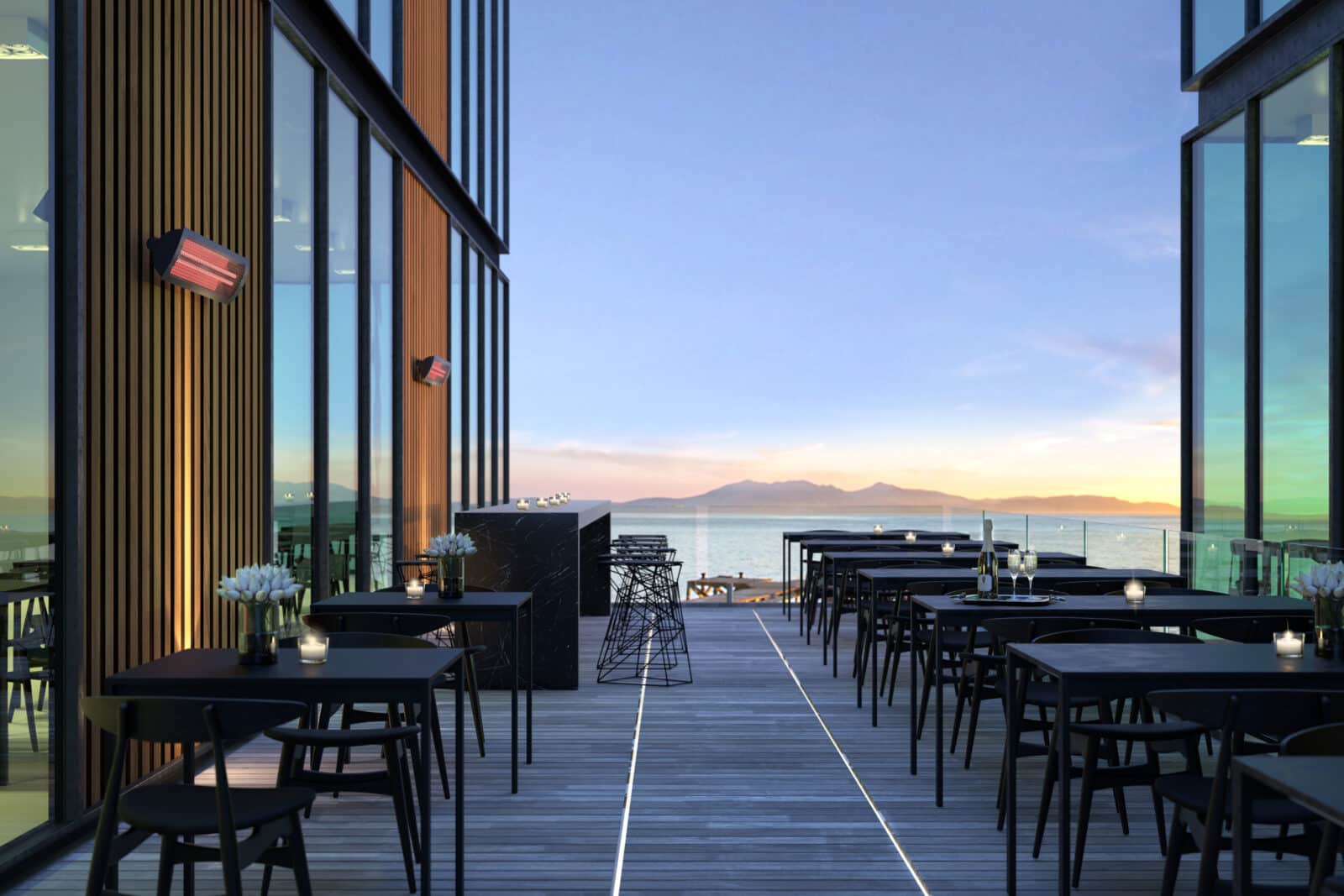
Humidity and Its Impact on Heater Efficiency
Humidity can also influence the performance of electric heaters by affecting how warm the air feels. In high-humidity conditions, the air may feel cooler, reducing the perceived warmth of the heater. Conversely, in low-humidity conditions, the air may feel warmer. To adjust for humidity, it’s advisable to choose heaters with adjustable heat settings, like Bromic’s Eclipse series, to maintain the desired level of comfort regardless of the weather.
Do you want to optimize your outdoor heating setup for any weather? Explore Bromic’s range of high-performance electric outdoor heaters, designed for all conditions. Contact us today to find the perfect model for your space.

